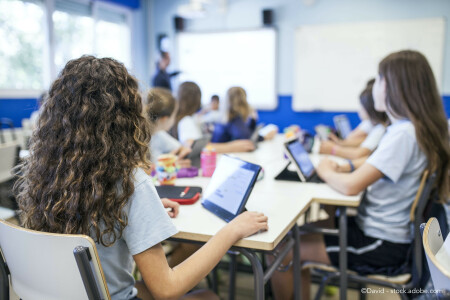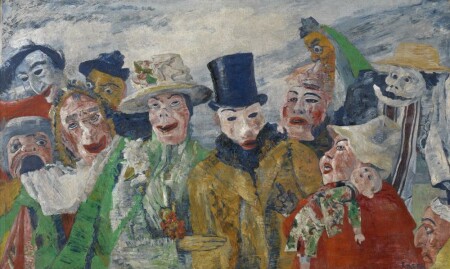Making content accessible and usable
Knowing that archived content is being preserved for the future is all well and good, but what about being able to access and use it today? At meemoo, together with our content partners, we want to encourage the re-use of archive content in all its forms.
Audiovisual content, and cultural heritage in general, is an important source of information for our collective memory. It teaches us about the past, provides insights into our current society, and can be especially useful for new creations.

© David - stock.adobe.com
We’re aiming to achieve this accessibility in three different ways: through our content partners, via our own channels, and by sharing our knowledge and expertise with third parties so they can help themselves. We work using a demand-based approach – involving end users such as teachers alongside our content partners. Interested in a content partnership? Discover the conditions here.
With and by our content partners
Our content partners can make the content that we digitise and store for them available to their audience, for example by sharing images on their website or using them in printed materials or exhibitions. We provide the necessary tools for this, as well as documentation and training to help them on their way. We organise training on topics such as open data, Wikimedia, and rights and permissions, to help inspire them to get started.
Through our own channels
Alongside our content partners’ initiatives, we’ve also set up various channels of our own to encourage re-use. We make agreements with our content partners for this, so they can manage the relevant content and arrange any licences that might be required. We always start by looking at the users’ needs.
Consider The Archive for Education, for example – a platform created specifically so that teachers and students can use image and audio content in an educational context or hetarchief.be – where the general public can browse through descriptions of audiovisual archive material, and where content partners can search through each other’s archives. We also work in other ways to make archive content accessible, for example, by using linked (open) data and IIIF, and by publishing it on Wikimedia platforms.
Building up and sharing expertise on accessible content
We want to share as much of our expertise as possible with organisations that are aiming to make their content accessible and usable. A significant challenge here is the restrictions imposed by copyrights, personal data protection and contractual agreements.
We hope that understanding what is and isn’t legal can give organisations the confidence they need to make their content accessible. We work with the Cultural Heritage and Copyright user group to help achieve this. We’re also a member of SA&S (the Flemish Partnership for Copyright & Society) and organise training activities on public domain.
Today, we are working with a range of partners on the project DO IT! Guidance on identifying public domain material. Every year we organise training activities to gain a better understanding of public domain issues and a bootcamp on open cultural data. We hope that all this will inspire and encourage organisations to help us make archive content more accessible.

